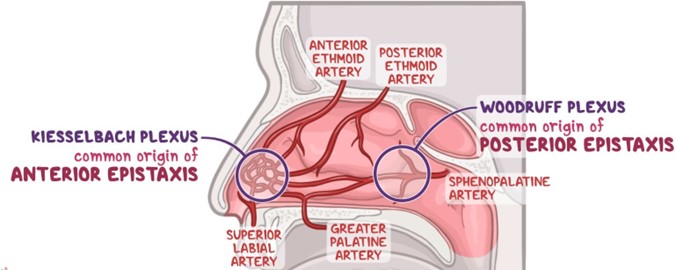A nurse is caring for a client who reports heart palpitations. An ECG confirms the client is experiencing ventricular tachycardia (VT). The nurse should anticipate the need for taking which of the following actions?
Elective cardioversion
Defibrillation
CPR
Radiofrequency catheter ablation
The Correct Answer is A
The correct answer is: A. Elective cardioversion
Choice A reason:
Elective cardioversion is a medical procedure that is used to restore a normal heart rhythm in patients experiencing certain types of arrhythmias, including ventricular tachycardia (VT), when they are stable. It involves the delivery of a controlled electric shock to the heart, which is synchronized with the heart's electrical activity to convert the abnormal rhythm back to a normal sinus rhythm. This procedure is typically performed when VT is not causing hemodynamic instability and the patient is not in immediate danger.
Choice B reason:
Defibrillation is an emergency treatment for life-threatening cardiac arrhythmias, particularly ventricular fibrillation (VF) or pulseless ventricular tachycardia. It involves delivering a high-energy electric shock to the heart unsynchronized to the heart's electrical cycle, aiming to reset the heart's electrical state and allow it to reestablish an effective rhythm. In the scenario provided, where the patient is experiencing VT but not VF, defibrillation would not be the first line of action unless the VT deteriorates into VF or the patient becomes pulseless.
Choice C reason:
CPR, or cardiopulmonary resuscitation, is a lifesaving technique useful in many emergencies, including heart attack or near drowning, in which someone's breathing or heartbeat has stopped. In the case of VT, if the patient is conscious and has a pulse, CPR is not indicated. CPR would only be necessary if the patient's heart stops beating (cardiac arrest) as a result of the VT.
Choice D reason:
Radiofrequency catheter ablation is a procedure used to treat some types of arrhythmias, including VT, by destroying the area of heart tissue that is causing the abnormal heart rhythm. This treatment is generally considered when medication is ineffective or not tolerated, or in recurrent VT. It is not typically the first line of treatment in an acute setting where the patient is stable and experiencing VT.
Nursing Test Bank
Naxlex Comprehensive Predictor Exams
Related Questions
Correct Answer is ["A","C","E"]
Explanation
Choice A Reason: This is correct because placing ice to the bridge of the client’s nose can cause vasoconstriction and reduce blood flow to the nasal mucosa.
Choice B Reason: This is incorrect because tilting the client's head backward can cause blood to drain into the throat and increase the risk of aspiration, nausea, and vomiting.
Choice C Reason: This is correct because moving the client into high-Fowler position can lower the blood pressure in the head and neck and decrease bleeding.
Choice D reason Reason This is incorrect because instructing the client to blow his nose can dislodge any clots that have formed and worsen bleeding.
Choice E Reason: This is correct because applying pressure to the nares can compress the bleeding site and promote clotting.

Correct Answer is C
Explanation
Choice A Reason: This is incorrect because shortening of P-wave duration is not a sign of hyperkalemia or its reversal.
P-wave duration reflects the time it takes for the atria to depolarize and contract.
Choice B Reason: This is incorrect because restoration of QRS complex amplitude is not a sign of hyperkalemia or its reversal. QRS complex amplitude reflects the voltage or strength of the ventricular depolarization and contraction.
Choice C Reason: This is correct because the reduction of T-wave amplitude is a sign of hyperkalemia reversal. T-wave amplitude reflects the repolarization or recovery of the ventricles after contraction. Polystyrene sulfonate is a medication that lowers the serum potassium level by binding to it in the gastrointestinal tract and excreting it in the stool. High serum potassium level, or hyperkalemia, can cause cardiac arrhythmias and ECG changes, such as peaked T waves, prolonged PR interval, flatened P waves, widened QRS complex, and ventricular fibrillation. By lowering the serum potassium level, polystyrene sulfonate can reverse these ECG changes and normalize the cardiac rhythm.
Choice D Reason: This is incorrect because the widening of the QRS complex is a sign of hyperkalemia, not its reversal. Widening of the QRS complex reflects the delay or impairment of ventricular depolarization and contraction.

Whether you are a student looking to ace your exams or a practicing nurse seeking to enhance your expertise , our nursing education contents will empower you with the confidence and competence to make a difference in the lives of patients and become a respected leader in the healthcare field.
Visit Naxlex, invest in your future and unlock endless possibilities with our unparalleled nursing education contents today
Report Wrong Answer on the Current Question
Do you disagree with the answer? If yes, what is your expected answer? Explain.
Kindly be descriptive with the issue you are facing.
